SEOUL, South Korea: Even though intra-oral scanners have been around for more than three decades and their use in dental practice is increasing, few investigations have evaluated the 3D accuracy of digital implant scans. As discrepancies between implant components must be minimal, researchers from Seoul National University School of Dentistry have evaluated the trueness of ten intra-oral scanners in determining the positions of simulated implant scan bodies.
The researchers tested the null hypotheses that there would be no significant difference in 3D accuracy among the intra-oral scanners and that the scan body position would have no effect on the trueness.
They evaluated the performance of the CEREC Omnicam and CEREC Primescan (Dentsply Sirona), CS 3600 (Carestream Dental), DWIO (Dental Wings), i500 (Schütz Dental), iTero Element (Align Technology), PlanScan (Planmeca), TRIOS 2 and TRIOS 3 (3Shape), and True Definition (3M) in acquiring the accurate positions of six cylinders simulating implant scan bodies in a partially edentulous model. Digital scans from each intra-oral scanner were compared with the reference data set obtained by means of a coordinate measuring machine. Deviation from the actual positions of the six cylinders along the x, y and z axes and the overall 3D deviation of the digital scan were calculated.
Contrary to the first null hypothesis, the researchers found that the type of intra-oral scanner and the position of the simulated cylindrical scan bodies influenced the degree and direction of the deviations in accuracy. The lowest deviation was found at the cylinder next to the reference origin, while the highest deviation was observed at the contralateral side for all tested scanners. CEREC Primescan and TRIOS 3 had the highest trueness, followed by the i500, TRIOS 2 and the iTero Element—although the difference was not statistically significant. The DWIO and PlanScan showed the lowest accuracy in partially edentulous mandibular digital implant scans.
The second null hypothesis—that scan body position would have no effect on trueness—was also rejected, as digital scans deviated with distance from the reference origin. The further the scan was from the origin, the greater the deviation was. This result is in accordance with previous studies confirming the reduced trueness of digital implant scans owing to accumulation of errors during image stitching.
The research group noted that a limitation of the study was that the digital impressions were collected in an in vitro model, which may differ from in vivo scenarios in which the outcome could be influenced by factors such as patient movement and presence of soft tissue and moisture.
The study authors concluded: “It would be recommended to use an [intra-oral scanner] that is capable of producing accurate complete-arch scans, especially for fabrication of long-span prostheses or appliances.”
The study, titled “Trueness of ten intraoral scanners in determining the positions of simulated implant scan bodies”, was published on 28 January 2021 in Scientific Reports.
Tags:
Târgu Mureș, Romania: Most research focuses on high-cost intra-oral scanners, but there is insufficient evaluation of cheaper alternatives to inform their...
GIESSEN, Germany: Researchers in Germany have studied the efficacy of intra-oral scanners as a communication tool in paediatric dentistry by comparing the ...
SEOUL, South Korea: The integration of CAD/CAM technologies into clinical dental workflows continues to grow as digital dentistry devices become more easily...
AMMAN, Jordan: A new comparative study has found that leading artificial intelligence (AI) chatbots provide largely accurate and reliable information on ...
BURNABY, British Columbia, Canada: Intra-oral scanners (IOSs) have emerged as a transformative technology in digital dentistry, revolutionising impression ...
HUDDERSFIELD, UK: When used correctly, intra-oral scanners offer a wide range of benefits, including increased patient acceptance and reduced chairside ...
ZURICH, Switzerland: Nobel Biocare has announced that it is now an official distributor of 3Shape’s TRIOS intra-oral scanners, which are known for their ...
COLOGNE, Germany: At the International Dental Show (IDS) 2025, Panda Scanner is introducing the PANDA Free wireless intra-oral scanner, the latest member of...
CHANGZHOU, China: The Chinese dental supply company Eighteeth has acquired ZHEAN Healthcare, an innovative Chinese manufacturer specialising in the research...
AMMAN, Jordan: As artificial intelligence continues to expand its role in healthcare, large language models such as ChatGPT are increasingly being used to ...
Live webinar
Mon. 12 January 2026
9:00 am EST (New York)
Prof. Judith Jones D.D.S; M.P.H., Prof. Kakuhiro Fukai D.D.S., Ph.D, Dr. Bathsheba (Bethy) Turton
Live webinar
Wed. 14 January 2026
12:00 pm EST (New York)
Dr. Théo Laplane, Dr. Robert Gottlander DDS
Live webinar
Fri. 16 January 2026
12:00 pm EST (New York)
Live webinar
Mon. 19 January 2026
1:00 pm EST (New York)
Philipp Kopp, Michael Seeber
Live webinar
Thu. 22 January 2026
2:00 pm EST (New York)
Dr. Nicola M. Grande DDS, PhD
Live webinar
Wed. 28 January 2026
8:00 am EST (New York)



 Austria / Österreich
Austria / Österreich
 Bosnia and Herzegovina / Босна и Херцеговина
Bosnia and Herzegovina / Босна и Херцеговина
 Bulgaria / България
Bulgaria / България
 Croatia / Hrvatska
Croatia / Hrvatska
 Czech Republic & Slovakia / Česká republika & Slovensko
Czech Republic & Slovakia / Česká republika & Slovensko
 France / France
France / France
 Germany / Deutschland
Germany / Deutschland
 Greece / ΕΛΛΑΔΑ
Greece / ΕΛΛΑΔΑ
 Hungary / Hungary
Hungary / Hungary
 Italy / Italia
Italy / Italia
 Netherlands / Nederland
Netherlands / Nederland
 Nordic / Nordic
Nordic / Nordic
 Poland / Polska
Poland / Polska
 Portugal / Portugal
Portugal / Portugal
 Romania & Moldova / România & Moldova
Romania & Moldova / România & Moldova
 Slovenia / Slovenija
Slovenia / Slovenija
 Serbia & Montenegro / Србија и Црна Гора
Serbia & Montenegro / Србија и Црна Гора
 Spain / España
Spain / España
 Switzerland / Schweiz
Switzerland / Schweiz
 Turkey / Türkiye
Turkey / Türkiye
 UK & Ireland / UK & Ireland
UK & Ireland / UK & Ireland
 Brazil / Brasil
Brazil / Brasil
 Canada / Canada
Canada / Canada
 Latin America / Latinoamérica
Latin America / Latinoamérica
 USA / USA
USA / USA
 China / 中国
China / 中国
 India / भारत गणराज्य
India / भारत गणराज्य
 Pakistan / Pākistān
Pakistan / Pākistān
 Vietnam / Việt Nam
Vietnam / Việt Nam
 ASEAN / ASEAN
ASEAN / ASEAN
 Israel / מְדִינַת יִשְׂרָאֵל
Israel / מְדִינַת יִשְׂרָאֵל
 Algeria, Morocco & Tunisia / الجزائر والمغرب وتونس
Algeria, Morocco & Tunisia / الجزائر والمغرب وتونس
 Middle East / Middle East
Middle East / Middle East























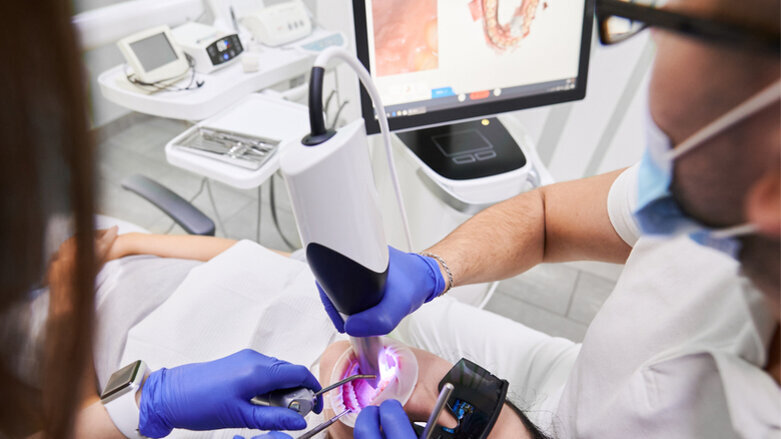

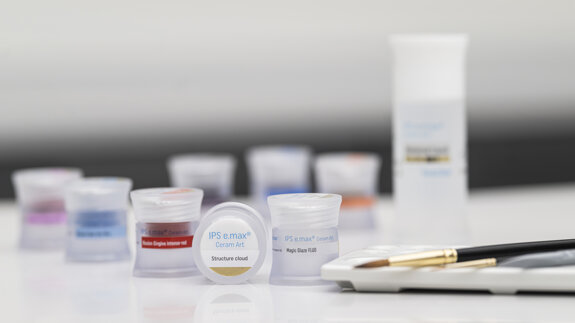

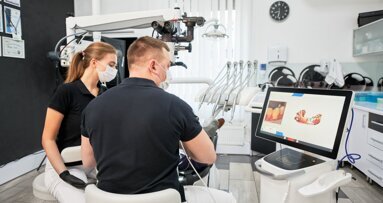

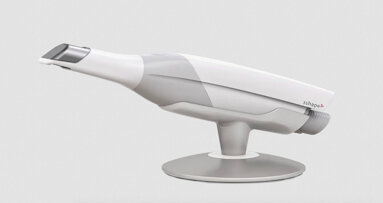


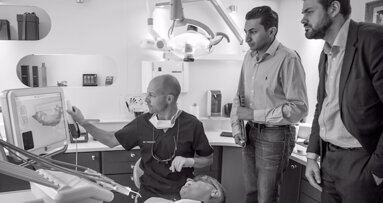
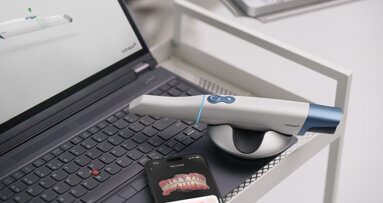
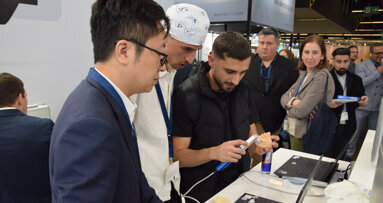












To post a reply please login or register